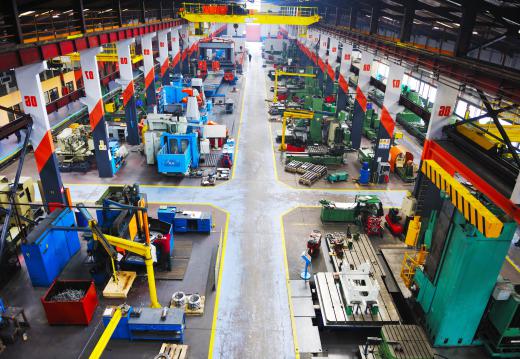Light curtains are devices designed to provide protection for individuals who are working around machinery that is in motion. The idea behind this type of safety measure is that the light curtain will serve as a visual warning when the light beams composing the device are interrupted, causing a change that is immediately noticeable. With some designs of the curtain, an audio component is added, with an audible warning sounding when the infrared beams are broken.
A basic configuration for the light curtain involves both a transmitter and receiver that makes it possible to control the direction of the infrared light beams that make up the curtain. When any type of solid matter, whether it be moving machinery or a human being, breaks the connection between these two components, the nature of the beams change color, serving as a sign that there is an increased chance of danger. Along with the activity of the beams, some units also come with a small attachment to the receiver that emits a warning sound such as a loud buzz or a series of short bursts of sounds that are designed to alert both machine operators and others in the area that someone or something has crossed into the immediate zone of the moving machinery. There are also light curtain models that can be configured to send direct signals to the moving machinery when the beams are breached, causing the equipment to immediately shut down.

One of the benefits of using a light curtain is that the approach helps to minimize the need for physical barriers that would otherwise be necessary to provide the needed protection barrier. Since it is possible to see through the curtain with ease, this approach is actually considered to offer additional protection over more traditional methods. This is because it is not possible to see through most types of solid barriers and be aware of what is happening on each side. With the light curtain, it is possible to look through and see what movement is taking place and take appropriate evasive action, a benefit that can sometimes help to further reduce the chances of injury to workers.

A light curtain can be used in just about any setting that requires the use of moving equipment. This form of protection is helpful in factories, warehouses, and even some types of construction sites. While the cost involved with using a light curtain configuration was once somewhat prohibitive, that cost has decreased significantly since the beginning of the 21st century. The additional protection provided by this type of safety equipment can easily justify the expense, and go a long way toward making the occupational safety and health process within a company much easier to manage.

